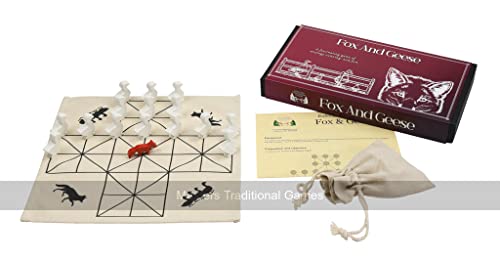Torben
Well-known member
Legal: Kaupang Excavation Project Publication Series, Volume 1. Norske Oldfunn XXII.. 2007 "in this, the first of six volumes, the main results of the excavations which the University of Oslo carried out at Kaupang 1998–2003 are presented. A completely new picture is put forward of the port that Ohthere (Óttarr) visited in c. 890 AD. It is argued that Kaupang was one of three towns that were founded in south-west Scandinavia around the year 800. Kaupang was founded in the power centre Skiringssal, which for decades had been ruled by the Ynglings – the legendary Norwegian royal lineage. The founding was probably initiated by the King of the Danes – the dominant political actor in south-west Scandinavia at the time. Kaupang is shown to have had several of the features revealed in Birka, Hedeby and Ribe – i.e., a compact permanent settlement, divided into small plots, each with a dwelling. The town could have had 400-800 inhabitants. Substantial traces of trade and craftwork are proof of the main areas of occupation. Advanced geo- and environmental-archaeological analyses, published here, have played an important role in interpreting the finds. Documentary sources indicate that Skiringssal was an important royal seat in the 700s and 800s. These sources are put together with the archaeological and toponymical sources which, united, show a centre of power with a clear likeness to similar places in Denmark and Sweden, so called “central places”. A hall or sal building, presumably the Skirings-sal itself, has been excavated at Huseby, near Kaupang. Nearby, a thing site was situated by a holy lake. In this, the Yngling kings’ centre of power, to which many people came to attend thing meetings and sacrificial feasts, the town Kaupang was founded. The transition to Christian religious practices in Viken in the middle of the 10th century and the consequent demise of pagan cult activities in Skiringssal was probably a key factor in the abandonment of Kaupang at that time. In nine of the book’s 20 chapters, the excavations’ finds, analyses and results are presented. In three chapters, 200 years of research on Kaupang and Skiringssal are summarised, while in the remaining eight chapters an endeavour is made to re-establish the holistic approach to Skiringssal which dominated research in the 19th and early 20th century." Schöne Sachen drin, z.B. die gemeinsame Bootsbestattung einer Völva und zweier weiteren personen, sprich "Drei in einem Boot"...















![XUANPAI Nordischer Wikinger Schmuck Nordisches Armband für Männer Schutzamulett Mobius Armreifen Valknut Vikinger Talisman Armband Geburtstagsgeschenk]](https://m.media-amazon.com/images/I/31tuQkMNiML._SL500_.jpg)
























